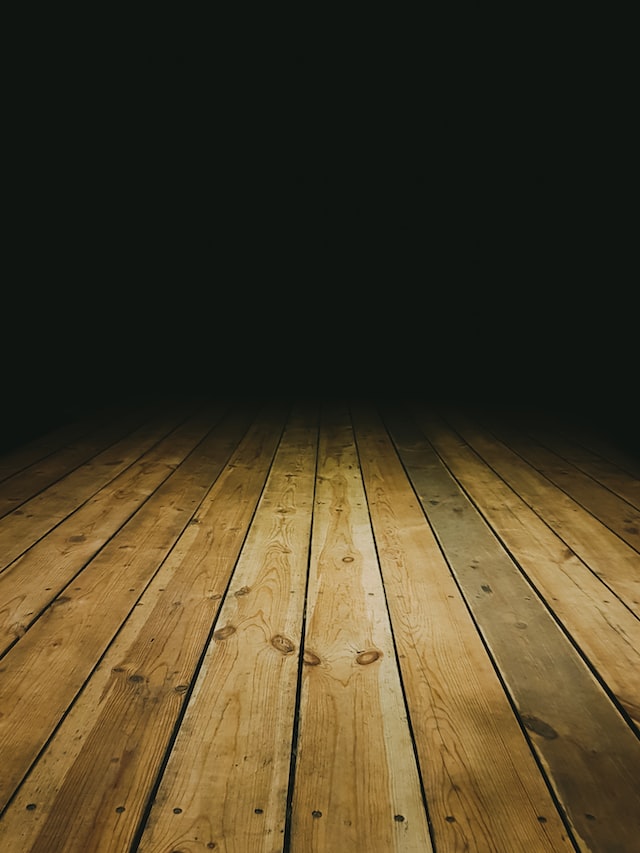If you are wondering how to remove paint from wood, there are a few things that you can do to make the process a lot easier. The first thing you will want to do is find a paint stripper that will dissolve the oil or water-based paint. This will make the process much easier and faster. You should also be aware that lead paint removal is sometimes a requirement under federal or State regulations.
Repurpose old wood for a new project
If you’re into your woodworking game you might have stumbled across a piece of reclaimed lumber. Fortunately, the task is not too difficult. All you need is a bit of elbow grease and a little patience. With the right tools you can have your piece of wood looking brand new in no time at all. It’s a great way to save a buck or two and still have something to show off to friends and family. You can also use your reclaimed wood as a design element in your next project. To help you along your way here are some helpful hints and a couple of tips for the perfect finish. Keep in mind that wood is a natural material, so you will want to avoid any chemicals that might wreak havoc on it. The best part is, you’ll likely be rewarded with a great new woodworking hobby!
Hopefully you’ve taken a look at the wood before you start your new woodworking project. Once you’ve selected your new lumber, here are a few tips and tricks to make the process go as smoothly as possible.

Photo by Alexander Mils on Unsplash
Dissolve oil-based or water-based paint removers
If you are trying to remove paint from wood, vinegar is a great all natural paint cleaner. Vinegar softens the paint bonds and helps you scrape the paint off. It can also be used to clean off wax from furniture.
There are several different types of paint strippers available on the market. Some are liquid, while others are pastes. While chemical strips can be effective, they can be a health hazard. You should always test your options before using them.
To dissolve oil-based or water-based paint, simply apply a solution of vinegar and a little dish soap. Make sure to scrub with a soft cloth. For stubborn stains, you may want to use a putty knife.
Caustic removers are harsh and can damage wooden surfaces. However, they can be effective at removing thick layers of paint. When using caustic paint removers, it is important to follow the manufacturer’s instructions. Caustic removers contain sodium hydroxide or sodium slaked lime as the main active ingredient.
Caustic strippers
If you want to remove paint from wood, there are many ways you can do it. You can use a paint stripper, or you can do it yourself with a few household items. However, there are some risks and dangers involved, so you should be careful.
The first step is to get your equipment ready. It’s best to wear protective clothing, and you might also want to put on eye protection. Also, you’ll want to make sure you don’t damage the wood. A metal scraper and a paintbrush are essential for this job, but you can also get rid of old paint by sanding it off with a sander or power sander.
The next thing you need to do is to read the instructions for your particular product. Many of the paint strippers contain lye, which can cause irritation if it comes in contact with the skin. Some of the more environmentally friendly products are citrus-based, which have less volatile organic compounds.

Photo by Bogdan Kupriets on Unsplash
Lead paint removal may be subject to federal and State regulations
When working on a project involving lead paint, it is essential that you follow all local, federal, and State regulations. Lead is a hazardous substance and can be harmful to human health if it is inhaled, eaten, or absorbed through the skin.
Many laws regulate the use of lead, including the Clean Water Act, the Resource Conservation and Recovery Act, and the Toxic Substances Control Act. If you are unsure whether you are doing work in accordance with the laws, you can obtain a lead paint inspection. You can also contact your local Department of Public Health for further information.
When performing renovations or lead paint removal in a residential building with three or more units, you are required to follow Local Law 1 of 2004. This law requires that all workers and contractors are certified. Certified renovators must perform a visual inspection after exterior paint removal work. The certification will be renewed annually, but will be suspended if you do not meet requirements.
